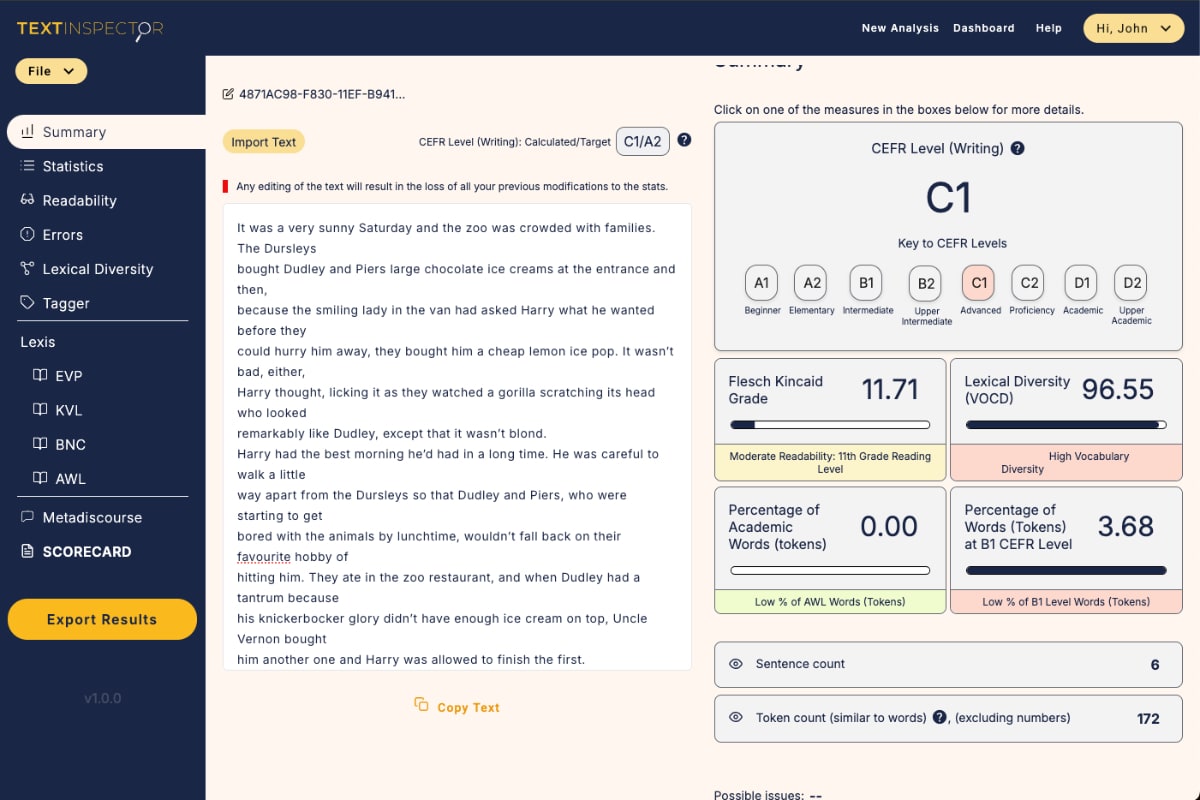
Technology has changed the world dramatically over the last decade or so.
These days, most of us communicate with friends and family, make new purchases, plan trips abroad, spend our leisure time and even catch up with the latest episode of our favourite series thanks to this amazing modern technology that surrounds us.
One of the sectors to experience one of the greatest changes, especially over recent months is education. More specifically, learning a foreign language.
No longer do we need to spend hours with our textbooks or listening to audio recordings if we want to improve our language skills.
Nor do we need to attend language classes if we want to get started thanks to a wealth of technological tools, online platforms and apps that are available at the touch of a button.
That’s why in this blog we’d like to take a closer look at some of the benefits that these technological tools can offer language learning and suggest a few of our favourite tools for teachers and students alike.
Why use technology for language learning?
Language learning technology makes it much easier to teach and learn a foreign language in a convenient way. You can access them from anywhere and even take them with you when you’re on the move.
Whether you’re a busy ESL teacher making the most of your lesson planning time or a student working hard to move up to the next CEFL level, these technological tools and apps can be an excellent choice.
Of course, convenience isn’t the only reason to use these tools. They can also optimise the language learning experience in the following ways.
1. They make the teaching and learning process more efficient
By using technology, EFL teachers can improve the quality of their teaching and help their students become better users of the language. It also helps them to save time on lesson planning, reduce their overall workload and stress levels, and also improve the quality of their teaching.
2. They help English language students engage with the language
Technology allows students to break away from the textbooks and discover real-life English materials that spark their interest and boost their language learning.
According to a 2016 study by US social psychology, Judith M. Harackiewicz; “Interest is a powerful motivational process that energizes learning, guides academic and career trajectories, and is essential to academic success.”
3. They help provide personalised practice
By using technological tools, language students can tailor their language learning experience according to their unique strengths and weaknesses and get the best possible results.
They aren’t limited by traditional factors such as classroom time or needing to progress at the same rate as the rest of the class so can more easily achieve their language goals.
When teachers use technology such as our popular Scorecard tool, they can also track their student’s progress more effectively and help guide their learning.
4. They allow language students to become more independent learners
As all English language teachers know, how much practice students do outside of the classroom affects how quickly they reach their language goals. Technology is a great way to do this.
By accessing a wide range of resources such as apps, online spoken practice, podcasts, eBooks, blogs, video clips, shows and movies, students can take control of their learning and get better results.
5. They help ensure that the learning materials are up to date
Unlike more traditional language learning materials, modern technology can be tweaked, upgraded and updated more quickly and efficiently. This means that the content is always fresh, more likely to deal with current topics or trends and again, more likely to engage your language students.

Which technological tools are most effective for English language learning?
One of the biggest problems faced when looking for great tools to use is that there are so many out there and it can be hard to know which to choose. For that reason, we’ve gathered together a list of some of our favourite language learning tools out there.
1. Text Inspector
Text Inspector is a professional standard tool that can be used by both student and teacher to assist in the language-learning process.
You can use it to check the language level of reading texts you plan to use in the classroom, create effective learning materials and curricula and to help you adapt real-life language-learning materials for all levels.
Additionally, you can use it to informally assess the English language output of your students according to the CEFR. Why not try the tool today?
2. Quizlet
Quizlet is a free learning app that can help EFL students to learn and master vocabulary and grammar.
Offering simple flashcards and games, it’s a great way to gamify language learning whilst still getting results. EFL teachers can upload their own class materials and share with students or students can create their own sets based on their notes.
3. Netflix
For intermediate to advanced English students who want to improve their language comprehension skills in a fun way, Netflix can be the perfect solution.
It offers a range of movies and TV shows from around the planet and there’s someone for everyone’s taste. You can also add English subtitles to the shows to help with your comprehension and often add subtitles in your native language if you’re a newer learner. Shows like ‘Stranger Things’, ‘House of Cards’ and ‘The Crown’ are excellent choices.
4. HelloTalk
HelloTalk is a fantastic free app that helps you connect with native speakers, make new friends and practice your language skills in an informal, low-pressure way. It comes with voice chat, text chat and doodle share features and you can even record a voice message and send to your new friends if you’re too self-conscious to have a live conversation.

5. Podcasts
Podcasts are an effective way for your students to listen to more spoken English and to improve their comprehension skills for free. They’re also very convenient- you can either listen to them on your laptop or download them to your smartphone for on-the-go learning. Some also come with useful transcripts.
Whatever their CEFR level and whatever their tastes, they’re almost certain to find an English language podcast that suits them. In fact, there are approximately 850k podcasts in the world today!
For beginner or intermediate learners, there are some excellent podcasts such as Learn English with Podcasts (by Learn English/British Council) and 6 Minute English. More advanced learners can enjoy the excellent Splendid Speaking podcast or dive into a range of native podcasts including the BBC’s The Why Factor.
6. Duolingo
Duolingo is a language learning tool that can provide useful practice for learners outside of the classroom. It helps to gamify the language-learning process, providing ‘rewards’ for continued use which can help keep English students of all ages motivated.
7. Grammarly
Although Grammarly is an app aimed at native speakers, it can also help your students improve their written English independently. It highlights typos, spelling mistakes and grammatical errors and makes useful suggestions regarding how to best correct the mistake. It’s not always 100% correct so it should be used with caution, but can be a useful learning tool.
Summary
Technological tools such as Text Inspector, podcasts, movies and apps can help support and optimise the overall language learning experience for both student and teacher. However, they can never be a substitute for the professional language teaching and support offered by an experienced and qualified teacher.
Want to experience Text Inspector for yourself?
You can analyse texts up to 250 words for free. Try it today.
Share
Related Posts

Announcing the New and Improved Text Inspector 2.0!
5 March, 2025
We’re thrilled to announce the upcoming launch of the new and improved Text Inspector! This […]
Read More ->
Reader Question: “What about the English Grammar Profile?”
23 June, 2022
A few weeks ago, we received the following questions in the comments section on the […]
Read More ->
Syllable Count – What Does the Number of Syllables in a Text Show?
23 June, 2022
A syllable is a single, unbroken sound (phoneme) that is found in a written or […]
Read More ->